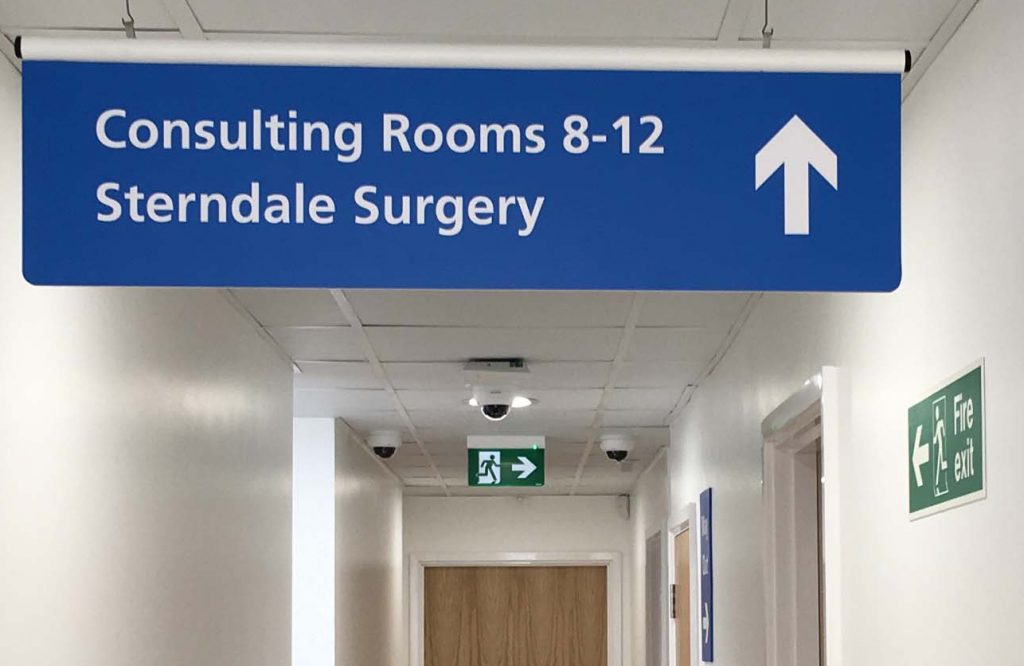Signage for the best customer experience
The easiest way to appreciate the importance of signage to customer experience is to imagine what life would be like without it.
Failure to help people to navigate their surroundings, for example in hospitals or airports, would lead to chaos. Shops and businesses would not be able to attract attention to their goods or services. These are just a few obvious examples.
However, we learned that there is actually a real incidence of no signage. Transport for London (TfL) has expanded its Ultra Low Emission Zone (Ulez) and the BBC has reported that six out of the seven neighbouring councils have not yet committed to installing warning signs. This means that drivers of affected vehicles could be fined without warning. See the full story here.
https://www.bbc.co.uk/news/uk-england-london-66623252
Obviously, almost everywhere has signs but there are many incidences of poor signage, leaving people unsure where to go or which queue they need to be in, leading to confusion, anger and frustration. In other words, a bad customer experience.
Having proper informative and clear signage helps to support a good interaction with customers and give them a better experience overall.

Obviously, almost everywhere has signs but there are many incidences of poor signage, leaving people unsure where to go or which queue they need to be in, leading to confusion, anger and frustration. In other words, a bad customer experience.
Having proper informative and clear signage helps to support a good interaction with customers and give them a better experience overall.

Get their attention
First, you need to draw the customer in. Attracting attention to a project, service or shop requires proper signage – without it you may as well be invisible. Would you want to walk into a shop that didn’t display any obvious identification of who the retailer was and what they were selling?
There are a number of ways of creating an impact to catch the eye. These include flags, banners, hoarding signs, monoliths or signs on the building which clearly state what they want you to see. For services, such as parking, a simple sign saying car park may suffice. For businesses and organisations, branding and logos will add extra enticement.
Finding the way
Once the customer is through the shop door, the next step is to ensure clear directions to the various products. In non-sales environments, such as offices, hospitals and schools, it is important to direct people to their required destination quickly. Making it easy for people to find what they’re looking for will lead to a more positive experience for them.
Lobby directories, directional signs to toilets, lifts and exits, pathfinding signs guiding people to where they need to be and lift directories announcing the floors are all good wayfinding examples.
As well as providing important information and directions, signs should be aesthetically pleasing, follow corporate branding, be welcoming and enhance the architecture and location.


Reinforce your brand identity
Your brand is part of your identity as a business or service so having it on your signage will help to emphasise and reinforce it in the minds of your customers. External signs, window displays are good ways of showcasing your brand.
Clear communication
As we have already stated, making it easy for customers to find information is crucial for that all important positive experience. Information signage can include so many things, from directional, as mentioned above, to details on, for example, hours of opening, prices and policies. The more information you can give customers, the more you are likely to retain their interest – and their business.
All the signage that we have mentioned is part of our job as sign and display manufacturers that will help you to provide a pleasant customer experience. Feel free to ask us for further information and advice.



